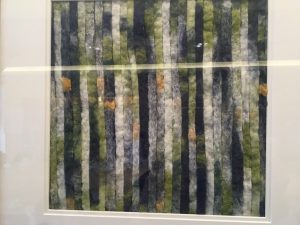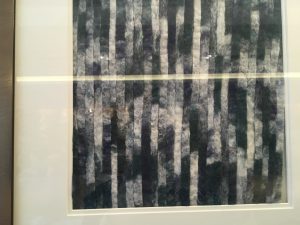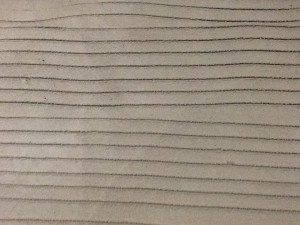The views of philosopher Peter Singer have always struck me as humourless and puritanical. Confirmation of a conflict in our respective values comes today in a quotation from his latest book in a review in the NYT by Dwight Garner:
Writing about the sale of paintings by artists like Barnett Newman, Mark Rothko and Andy Warhol for obscene sums at Christie’s, he declares: “Why would anyone want to pay tens of millions of dollars for works like these? They are not beautiful, nor do they display great artistic skill. They are not even unusual within the artist’s oeuvres. Do an image search for ‘Barnett Newman’ and you will see many paintings with vertical color bars, usually divided by a thin line. Once Newman had an idea, it seems, he liked to work out all the variations.”
Well, others may see these art works as beautiful, so it takes some arrogance to assert the contrary subjective opinion as if it were objective fact. As well as learning how much he values his own aesthetic judgment over anyone else’s, from this we also learn that Singer does not like modern art; he apparently also lacks the capability of seeing the beauty inherent in subtle variations of a single, simple theme. The first movement of Beethoven’s Fifth must also not be to his taste, for working out all the variations of the one idea is all that movement is. And let us not mention the minimalist works of JS Bach, where there may be even fewer ideas than one.
Even when his works of art are considered individually, some of Newman’s art is sublime, for example, the painting “Midnight Blue,” (pictured), currently on display at the Royal Academy in London, as part of the RA’s Abstract Expressionism Exhibition. In my experience, to appreciate the sublime, one needs to disengage one’s left-brain (for right-handed people) – the verbal, rational, sequential side – and seek to appreciate the work with one’s right-brain – the intuitive, holistic side; in other words: don’t think about the painting, just feel it. Most English-language philosophers, in my experience, are all left-brain, all the time. (George Santayana, who wrote poetry as well as philosophy, was perhaps an exception.)
And to mention only the beauty of an art work, or the supposed artistic skill needed for its creation, would seem to indicate an impoverished view of the many purposes and functions of art. At least one purpose of painting, and a common motivation for people who paint, is not to produce beautiful (or indeed, ugly) objects, but to express oneself through the act of painting. This was famously the purpose of the artists who came to be called abstract expressionists, of whom Newman is one. Closely related, one may also paint in order to express the feelings one has while engaged in the act of painting. (See here for a discussion of this purpose, and here for lists of reasons why people may draw or make music. Beauty is not the half of it.) Nothing in Singer’s words indicates that he has any appreciation of these other purposes, or that he has even read or reflected on the extensive literature in philosophy, history, theology, and anthropology on art and aesthetics. Of course, one can be a famous philosopher without knowing much of anything except one’s own special topic and being blind to non-verbal ways of knowing and understanding, as the humourless Bertrand Russell showed.









